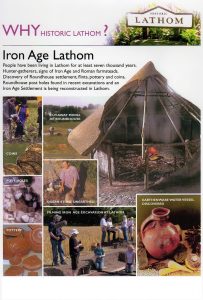Lathom - A brief history
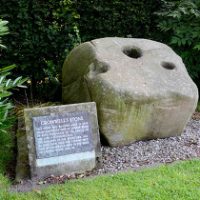
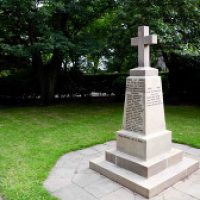
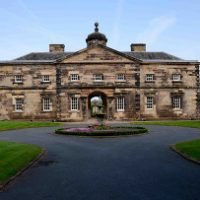
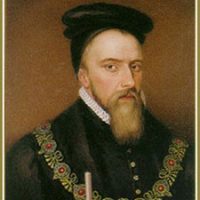
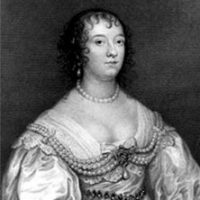
Domesday and Beyond
The Lathom of today is a scattered collection of farms and buildings, housing less than a thousand people and it is hard to visualise how important it once was. But a study of the Domesday Book will show that the 360 acres of farmland and 720 acres of woodland, which made up the Manor of Lathom in 1066 almost certainly formed the most important of 17 manors held by an Anglo-Danish landowner then named Uctred.
Those manors played a key role in a defensive system of land tenure originally set up by King Athelstan in the tenth century to protect the emerging kingdom of England from the Norsemen of Dublin and York. As early as 1189, when Robert Fitzhenry de Lathom founded Burscough Priory, the importance of the manor is borne out by evidence that the de Lathom family possessed lands throughout southern Lancashire, extending as far afield as Flixton in the barony of Manchester. Two generations later Robert’s grandson, another Robert, was knighted by Henry III and twice became Sheriff of Lancashire.
The Late-Medieval Period
In the fifteenth century the lordship passed through marriage to the Stanley family who used the shifting alliances of the Wars of the Roses to enrich themselves and enhance the importance of Lathom.
Thomas, Lord Stanley married Margaret Beaufort, the mother of Henry VII, and by astute support of his stepson at the battle of Bosworth, gained possession of the Lancashire lands of dispossessed Yorkists extending his estates even more and becoming the first Earl of Derby. Throughout this period Lathom House became the administrative and judicial centre of Lancashire.
The Northern Court (1540-1642)
By the close of the sixteenth century Lathom was described as the Northern Court it was arguably the largest private residence in all of Tudor England. It was said that no other household bore comparison except the royal court itself.
The Civil War and The Sieges of Lathom House (1644-45)
The first siege of Lathom House in 1644 is remembered as an outstanding historical event for when most of Lancashire stood wholeheartedly for Parliament, this was the only major fortified residence held for the King.
The Countess of Derby, Lady Charlotte de Tremouille was Commander-in-Chief of the 300 strong garrison who defended the house against an opposing force of some 3,000 Roundhead soldiers led by the Parliamentary General, Sir Thomas Fairfax.
In 1714 the estate was transferred by the marriage of William, the ninth earl of Derby’s daughter to Lord Ashburnum who subsequently sold it to Henry Furnesse. In 1724 Lathom Park became the property of Thomas Bootle of Melling who commissioned the fashionable Italian architect, Giacomo Leoni to rebuild Lathom House in the neo-classical style.
Please click on the images below which describe Lathoms rich history and significant events. For more details visit http://lathomparktrust.org.uk/




